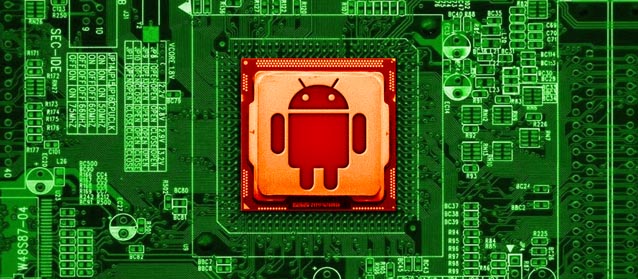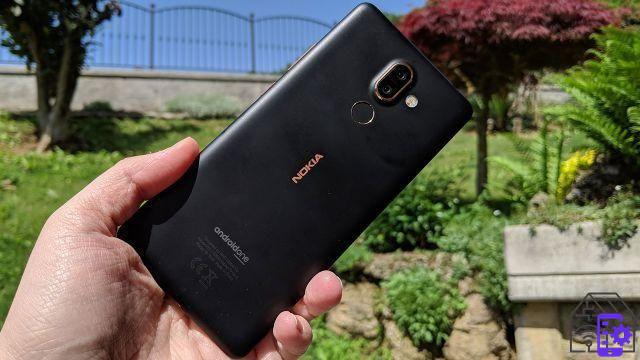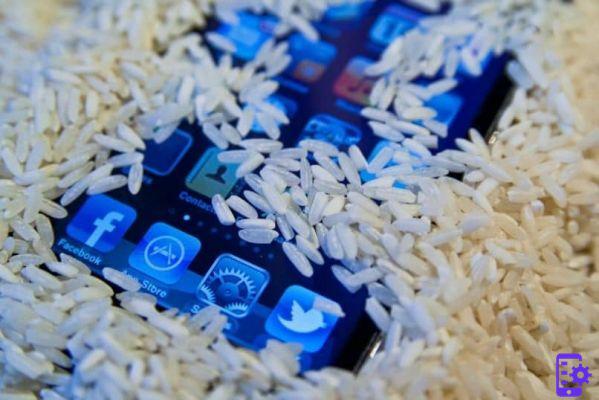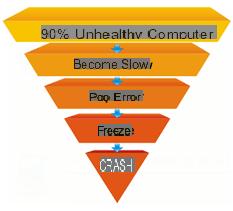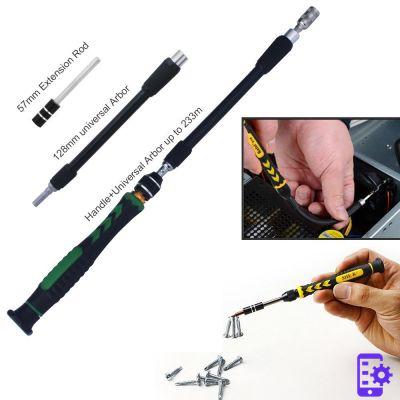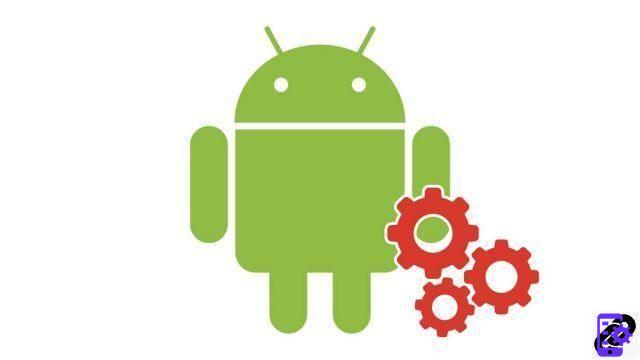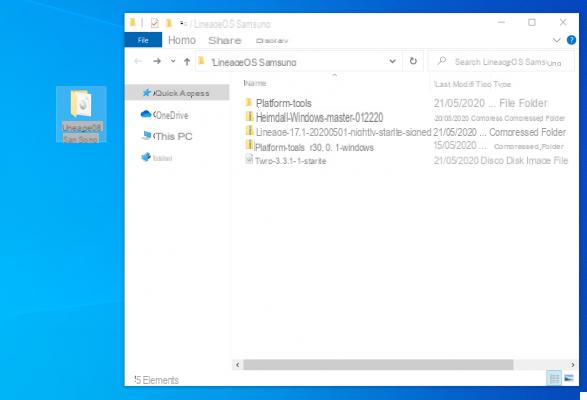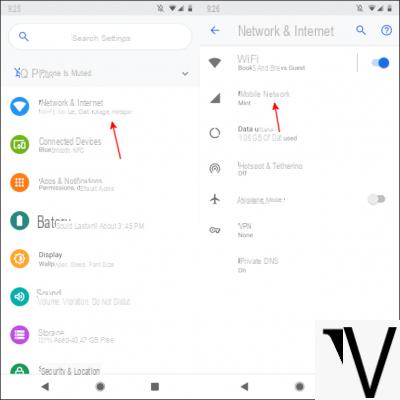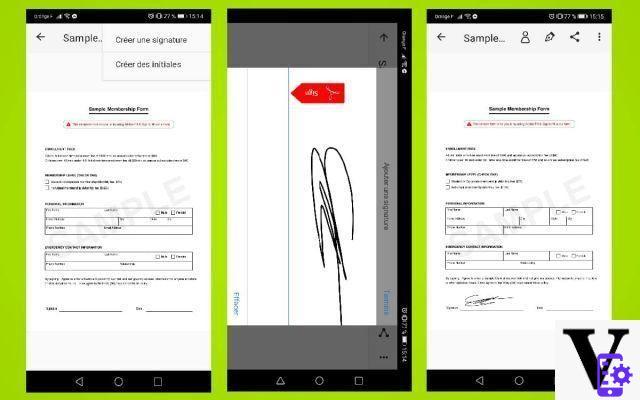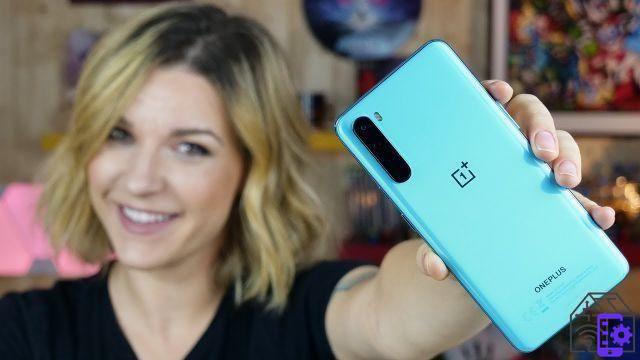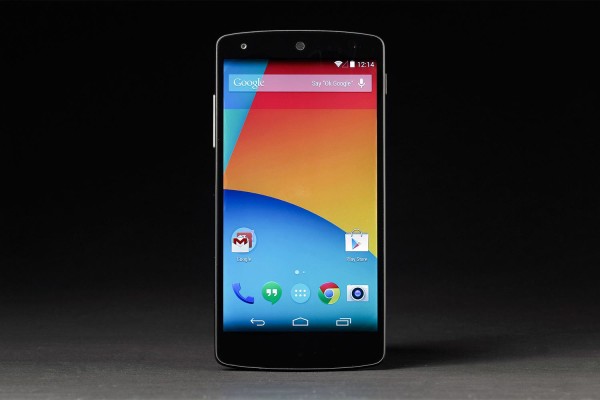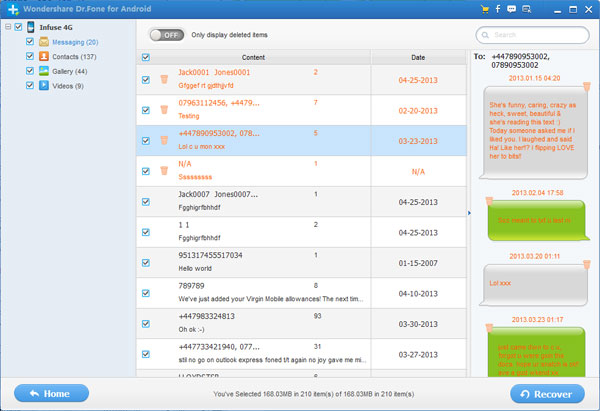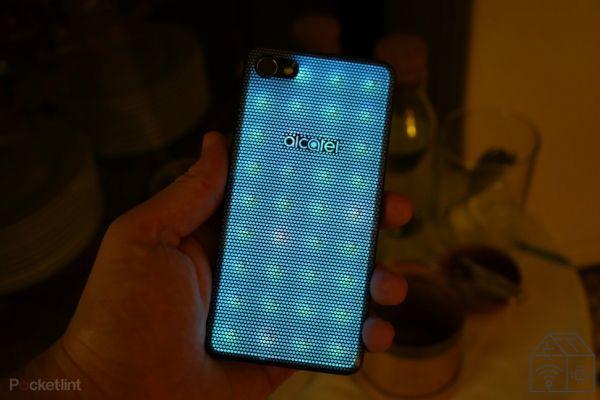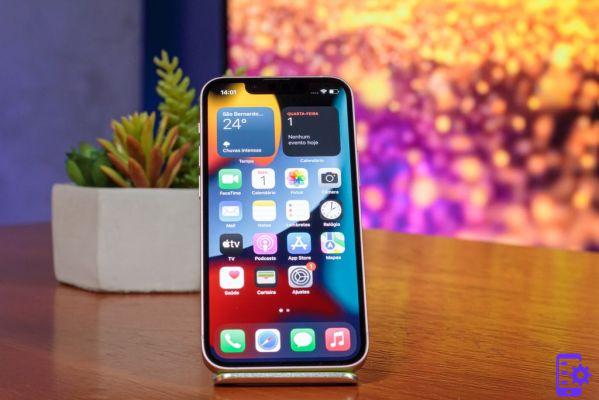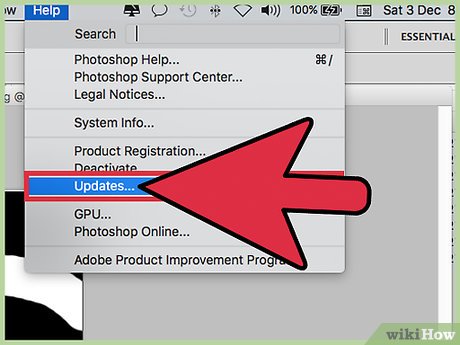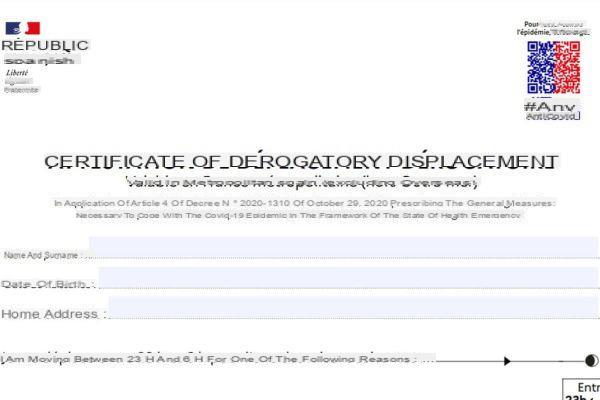Well yes, three years (a little more) have already passed since that 11 May 2017, the day when a Samsung Galaxy S8 in the splendid Orchid Gray colourway. The purchase price was favorable thanks to a promotion, but even if it was this last detail that definitively tipped the scales in its direction, I aimed at Galaxy S8 mainly for other reasons (which I will explain shortly).
In this editorial, however, I would like to explain to you not only why I chose it and why I am still using it, but also and above all how is Samsung Galaxy S8 after three years of continuous use, without a day of "break". I will try to tell you about my experience regarding the South Korean top of the range released in the "distant" (technologically speaking) 2017, focusing on how it travels after the third birthday and analyzing performance, photo gallery and - I know it's one of the parts that will interest you most - autonomy.
Why Samsung Galaxy S8?
Il design: what immediately made me "fall in love" with this Samsung Galaxy S8 was the design. The all-screen display (still perfectly current) with thin 18,5: 9 bezels and slightly curved edges immediately gave me that decisive “wow” effect, striking me right from its presentation. Wow, in 2017 that smartphone it almost seemed to come "from the future", and marked a nice break in design from previous models and from many others of the competition.
I came from OnePlus One, which although it could count (and still does, in the hands of a family member) on the beautiful (and almost impossible to find) bamboo back cover, did not have that appeal given by the reflections of the Orchid Gray rear glass, by the curves of the '' Infinity Display AMOLED edge that occupies almost the entire front surface.
Not only design of course, because as the top of the S series range, Samsung Galaxy S8 could have the best offered by technology at the beginning of 2017: AMOLED QHD + display, 10 nm SoC with octa-core CPU, 4G +, Bluetooth 5.0, NFC, port for 3,5mm jack, USB Type-C, wireless charging, 64GB expandable UFS 2.1 memory, unlock with fingerprint sensor or iris scanner, IP68 certification, 12MP Dual Pixel camera and so on.
Why Samsung Galaxy S8 and not Samsung Galaxy S8 +? Mainly for a matter of size, handling and portability, but also for a small detail that I will reveal to you later.
Samsung Galaxy S8 after three years
So let's get to the part that will interest you most: how is Samsung Galaxy S8 after three years? And how was this long period in his company? Leaving aside the aesthetic aspect (S8 has almost always been used with cover and film) still impeccable (it looks new, as you can see in the photos, but this is due to the way I personally hold my smartphones more than for the resistance of the same), I try to tell you about it from three points of view: performance, photographic sector and autonomy.
Before continuing, you may be wondering in that was the AMOLED display after 1101 days of use: practically perfect, except for a burn-in principle in the upper part at the status bar, visible only with gray tones and at particular levels of brightness. Understandable after all this time, and in any case you don't notice it without looking for it.
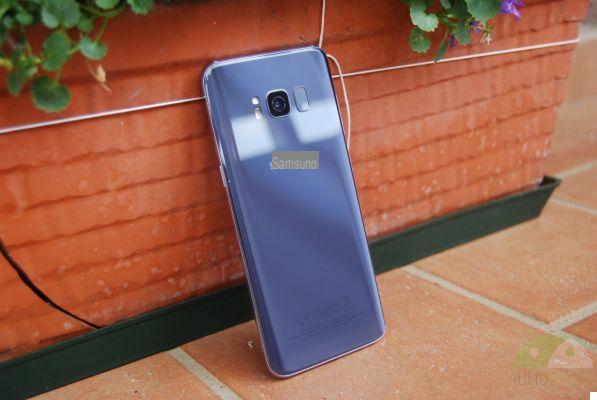
Performances
How the SoC Exynos 8895 with octa-core CPU after three years? Well for me, even if thanks to the not very light One UI interface, those accustomed to the latest technologies (Snapdragon 865, Exynos 990 and so on) would not find it too reactive and using the smartphone in a heavy way could distort the nose. In short, Samsung Galaxy S8 is not (anymore) lightning, but in my view it is holding up very well and never gives me the impression of "trudging" (except with the average energy saving activated which, unfortunately, comes more and more often to my aid).
4 GB of RAM is enough even with Samsung's heavy One UI? For my use I would say yes: I don't need to keep multiple heavy apps open in the background at a time (I hardly ever use games on my smartphone), although obviously a couple of GB more would certainly not have hurt.
At the time of the release there were controversies - as you will remember - about the positioning of the fingerprint sensor, which was also the object of "concern" on my part during the purchase: this, in addition to the decidedly more manageable dimensions, contributed in a small part to let me opt for Samsung Galaxy S8 and not Samsung Galaxy S8 +.
Personally I have always used the rear fingerprint sensor without major problems: of course, it took a period of adjustment (at first I always pecked the camera), but the lateral positioning never bothered me too much, especially since the covers "help" and that my index is good or badly goes to land right there. Unlocking a smartphone placed on a surface with the rear sensor has never been too convenient, but it would have taken years before we saw the first sensors integrated into the display and the iris scanner has fortunately helped in many cases.
Camera
Il photographic sector of Samsung Galaxy S8 has never disappointed me: the point and shoot still returns perfectly adequate shots for a smartphone. Of course we are not at the level of Samsung Galaxy S20, Huawei P40 Pro, Google Pixel 4 or Apple iPhone 11 Pro, which can count not only on a higher overall quality, but also on a versatility unthinkable for 2017.
Sometimes I feel the "lack" of a nice wide-angle sensor, a few more MPs or - why not - an optical zoom for some more particular shots, but the single 12 MP sensor with focal aperture f / 1.7 if always got away with it, even at night thanks to the bright optics and precise autofocus.
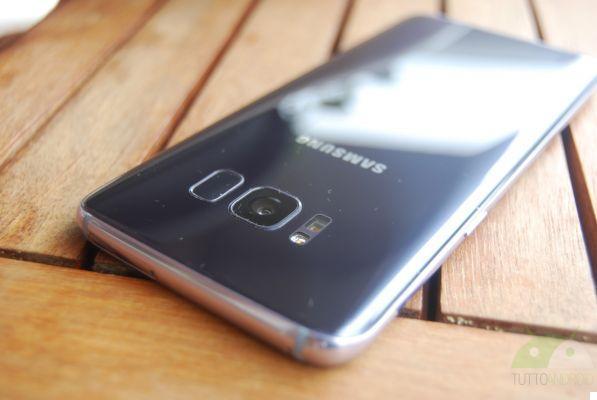
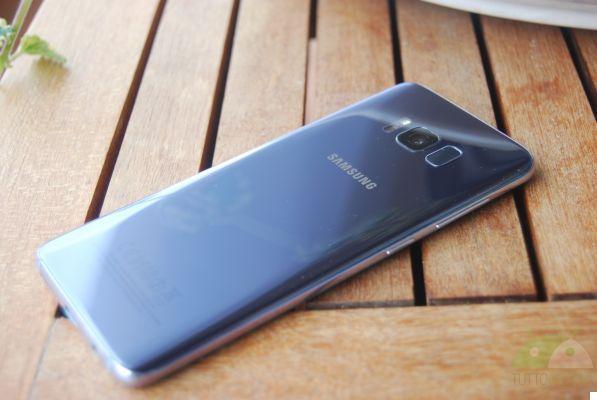
Autonomy
And here we come to perhaps the most "painful" note. Samsung Galaxy S8 has a 3000 mAh, a capacity in line with the smartphones of that period, which when new was able to guarantee a pretty good autonomy despite the 5,8 inches of that particularly bright QHD + display. For my use (more Wi-Fi than data connection, very little GPS navigation and very few games), I have never had any problems ending the day of use, even pushing myself beyond the 5 hours of screen on.
How is the situation now after 844 charging cycles (I don't know how accurate estimate made by the Phone INFO app), many of them with a wireless base? Not tragic, but now the remaining mAh are lending their side and I had to give in to the purchase of a good 10.000 mAh powerbank. After all this time, a noticeable drop is to be expected, not so much due to the system (which has gone from Android 7.0 Nougat and Samsung Experience to Android 9 Pie and One UI 1.0), but precisely due to battery wear. It should be noted that the discharge is still regular, no sudden shutdowns or drops to peak.
Samsung Galaxy S8 it has never been a battery phone and it has often been criticized for its autonomy, but I think it all depends on how one plans to use the smartphone. As a conscious user, I knew that I could not get 7 or 8 hours of screen on, or use it as a navigator for a long journey without expecting a battery on the ground in a short time, and I still preferred the S8 over the Plus model (500 mAh more ) for its easy handling and ease of use.
Do you want some numbers? With the "Optimized" energy mode, ie the standard one, I do now struggles to reach 4 hours of display on with use almost exclusively under Wi-Fi network, while only with data network it drops even more (an hour less). Nothing surprising though, three years is still three years, and 3000 mAh is no longer what it used to be.
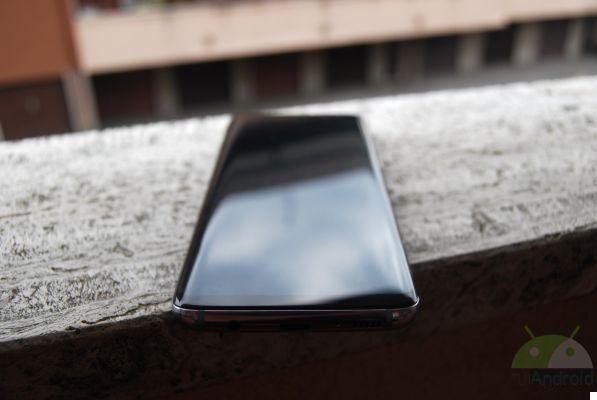
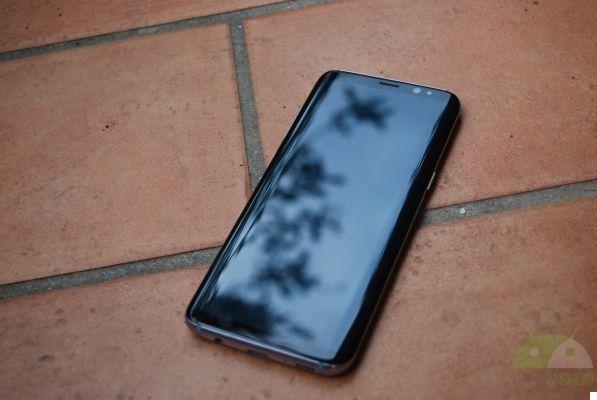
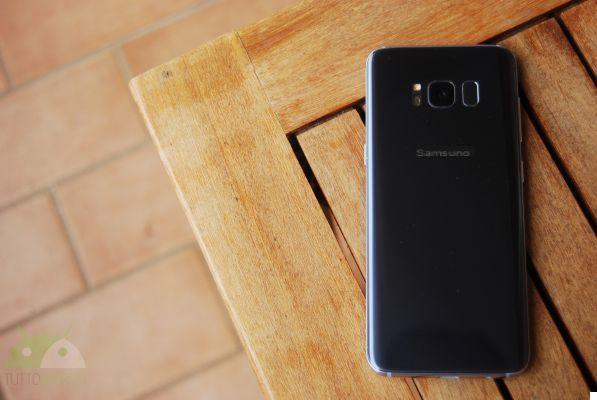
Change it? And why? Conclusions
Three years - it's not easy for a smartphone enthusiast to keep one for that long, as you surely know, but the Samsung Galaxy S8 managed to convince me. The "monkey" of moving to something newer, more snappy, with two, three, four cameras, 4000 mAh and Android 10 every now and then tries to go out, but then I think about it and wonder: why should I change it? And how much should I spend in order not to have to make some "compromise"?
The software is still updated regularly (at the moment I am at the security patches of April 2020, but those of May should arrive together with the correction to the Bluetooth), versions of Android apart (Android 10 unfortunately will not arrive) and it does not give me problems with crashes, particular instability or other . The camera still gives satisfactory shots, the performance is good and there are no stumbling blocks, “scary” lags or blocks, and the battery… well the battery actually starts showing me the charger more and more often.
The solution, however, could be the official assistance and those 50/60 euros that it requires for replacement with 3000 new mAh. I've thought about it several times before, but who knows, maybe in the meantime I'll give in to some other “wow effect” sensation, which unfortunately seems more and more difficult to try with these all too similar designs.
Please note: this is an editorial and, as such, reflects the opinion of the writer without wanting to take on the character of objective news or a chronicle of facts. It is an article in which the personal opinions of the writer are exposed and, as such, it is not objective and may be contrary to the opinion of the reader. We invite all readers to comment through the appropriate tools in respect of the thoughts of others.




